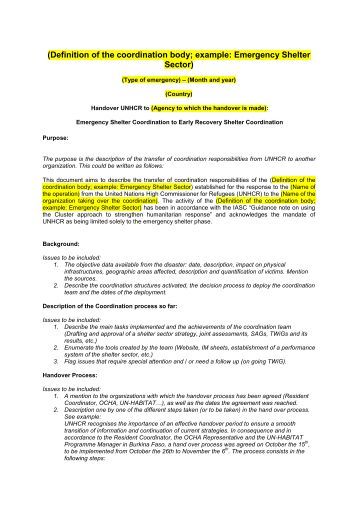


Τhis study can help to explore novel candidate genes and metabolic pathways for cracking tolerance in sweet cherry. Based on these results, a model which describes the skin and flesh metabolic reprogramming during water-induced fruit cracking in the susceptible 'Early Bigi’ cultivar is presented. Integrated metabolomic and transcriptomic profiling uncovered genotypic- and tissue-specific metabolic pathways, including tricarboxylic acid cycle, cell enlargement, lipid and ethanol biosynthesis, and plant defense that putatively are involved in fruit cracking. To further characterize the role of these genes in cracking, their single nucleotide variants of the coding regions was studied in another eight sweet cherry cultivars, which differ in their sensitivity to cracking, revealing a strong link mainly between pectin metabolism-related genes and cracking-phenotypes. Particularly, genes related to abscisic acid, ethylene biosynthesis, pectin metabolism, expansins and aquaporins were altered in water-exposed tissues. Comparisons between cultivars, tissues and dipping points identified significant differentially expressed genes. Primary metabolites, most strongly those involved in sugars and amino acid metabolism, such as glucose and asparagine, shifted in 'Early Bigi’ compared with ‘Regina’ tissues following water exposure.

Here, skin and flesh tissue from the cracking susceptible 'Early Bigi’ and the cracking tolerant ‘Regina’ cultivars were sampled prior and just after water dipping treatment to identify water-affected metabolic networks that putatively involved in fruit cracking. Despite many years of research there is a lack of understanding of the mechanisms involved in cracking. Sweet cherry fruit cracking is a complex physiological disorder that causes significant economic losses.


 0 kommentar(er)
0 kommentar(er)
